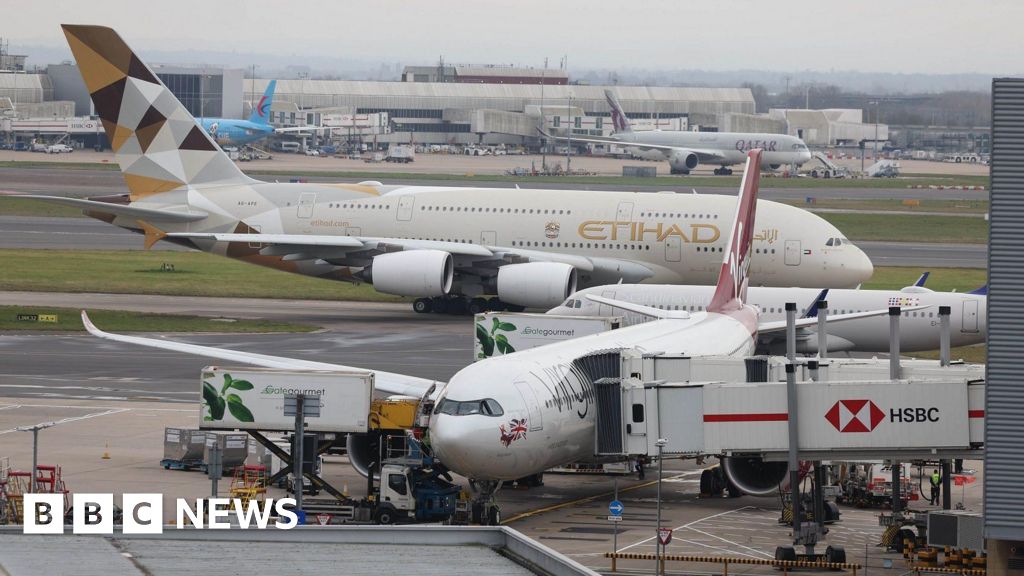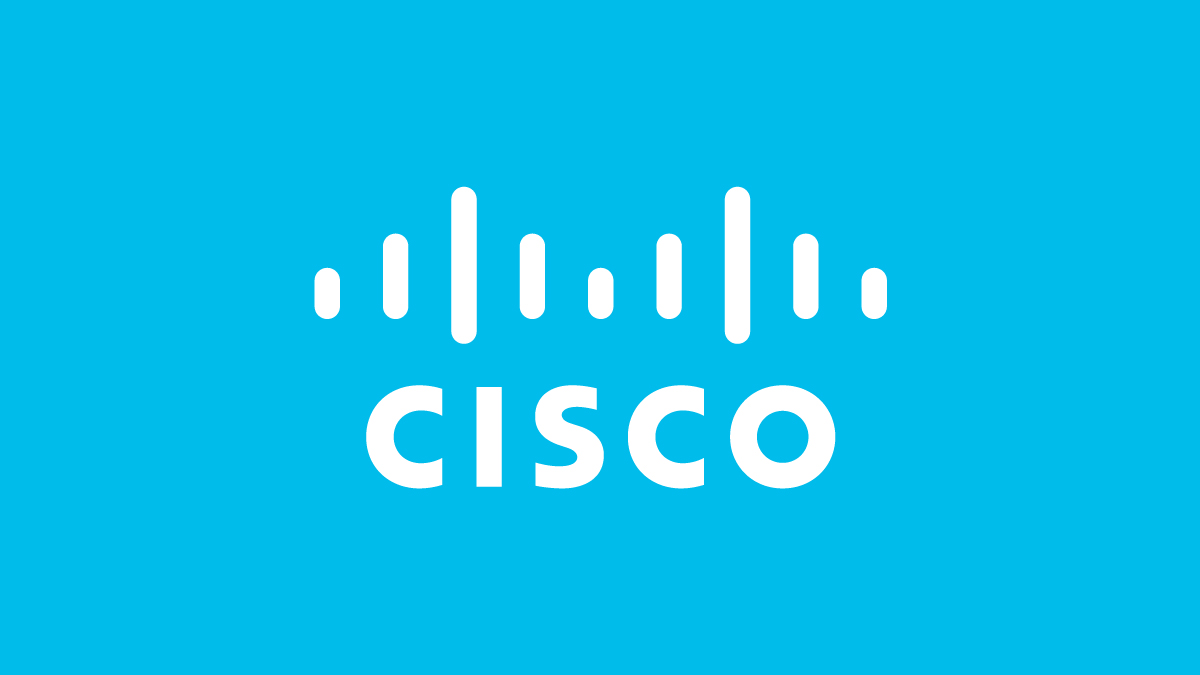To educate the public and allied health professionals, Prevent Blindness offers free, expert-approved educational resources on GA including a fact sheet and a series of social media graphics, available in English and Spanish, a dedicated web page and expert and patient videos. This year’s GA Week is generously supported by Silver sponsor Apellis Pharmaceuticals, Inc.
Vision changes due to GA may include:
- Difficulty seeing in the center of your vision, which is needed for reading, recognizing faces, and driving
- Numbers or letters disappearing or missing when reading
- A dim or dark spot in your central or near central (side) vision
- Trouble seeing in dim light
- Needing extra light to read
- Dull or washed-out colors
- Vision not as clear or sharp
However, in the early stages of GA, there may be no notable symptoms. This can delay early diagnosis and treatment during a critical period to preserve sight.
“Geographic atrophy can profoundly affect the independence and quality of life of millions of patients and their families,” said Jeff Todd, president and CEO of Prevent Blindness. “Our goal at Prevent Blindness is to bring GA into the spotlight- ensuring people recognize the symptoms, understand their options, and feel empowered to seek care earlier.”
Prevent Blindness recently hosted the community forum “Geographic Atrophy: Knowledge, Hope, and Help,” designed for those who have been diagnosed with GA, and/or their care partners. The discussion, available for viewing free online, includes an overview of GA, patient experiences of individuals living with the condition, and resources available to GA patients. This virtual event was supported by funding from Apellis, Astellas, and Johnson & Johnson.
Panelists of the “Geographic Atrophy: Knowledge, Hope, and Help” forum include:
- Moderator: Kira Baldonado, MPH, Executive Vice President, Prevent Blindness
- John W. Kitchens, MD, Retina Specialist, Retina Associates of Kentucky
- Julie Grutzmacher, MSW, MPH, Director of Patient Advocacy + Population Health Initiatives, Prevent Blindness
- Diane Marshall, Prevent Blindness ASPECT Patient Engagement Program Graduate, Individual Living with GA
- Pete Poulsen, Prevent Blindness ASPECT Patient Engagement Program Graduate, Retired Business Communication Coordinator, Individual Living with GA
Additional educational videos from Prevent Blindness include the Focus on Eye Health Series episodes:
- “Advancements in Treatments for Geographic Atrophy,” featuring Rajeev S. Ramchandran, MD, MBA, Associate Professor of Ophthalmology, Flaum Eye Institute, University of Rochester Medical Center.
- “Geographic Atrophy and Patient Support,” featuring Prevent Blindness Ohio Past President and CEO, Sherry Williams, sharing her story as a care partner for her mother diagnosed with GA.
- “Geographic Atrophy” episode featuring Janet S. Sunness, MD, medical director of the Richard E. Hoover Low Vision Rehabilitation Services at the Greater Baltimore Medical Center.
A recent study from the Centers for Disease Control and Prevention found that one in four adults with vision loss reported anxiety or depression. For those experiencing vision loss or blindness from GA, or other eye diseases or conditions, Prevent Blindness offers the Vision Loss and Mental Wellness resource from its Living Well With Low Vision program. Prevent Blindness strongly encourages those experiencing mental wellness issues, and their care partners, to contact a mental health professional, and seek out support groups of others who are living with GA.
For more information on GA, visit https://preventblindness.org/geographic-atrophy. For more information on wet and dry AMD, visit https://preventblindness.org/amd-age-related-macular-degeneration/. For more information on low vision and mental wellness, visit https://lowvision.preventblindness.org.
About Prevent Blindness
Founded in 1908, Prevent Blindness is the nation’s leading volunteer eye health and safety organization dedicated to fighting blindness and saving sight. Focused on promoting a continuum of vision care, Prevent Blindness touches the lives of millions of people each year through public and professional education, advocacy, certified vision screening and training, community and patient service programs and research. These services are made possible through the generous support of the American public. Together with a network of affiliates, Prevent Blindness is committed to eliminating preventable blindness in America. For more information, visit us at PreventBlindness.org, and follow us on Facebook, X, Instagram, Threads, LinkedIn, TikTok, and YouTube.
SOURCE Prevent Blindness









